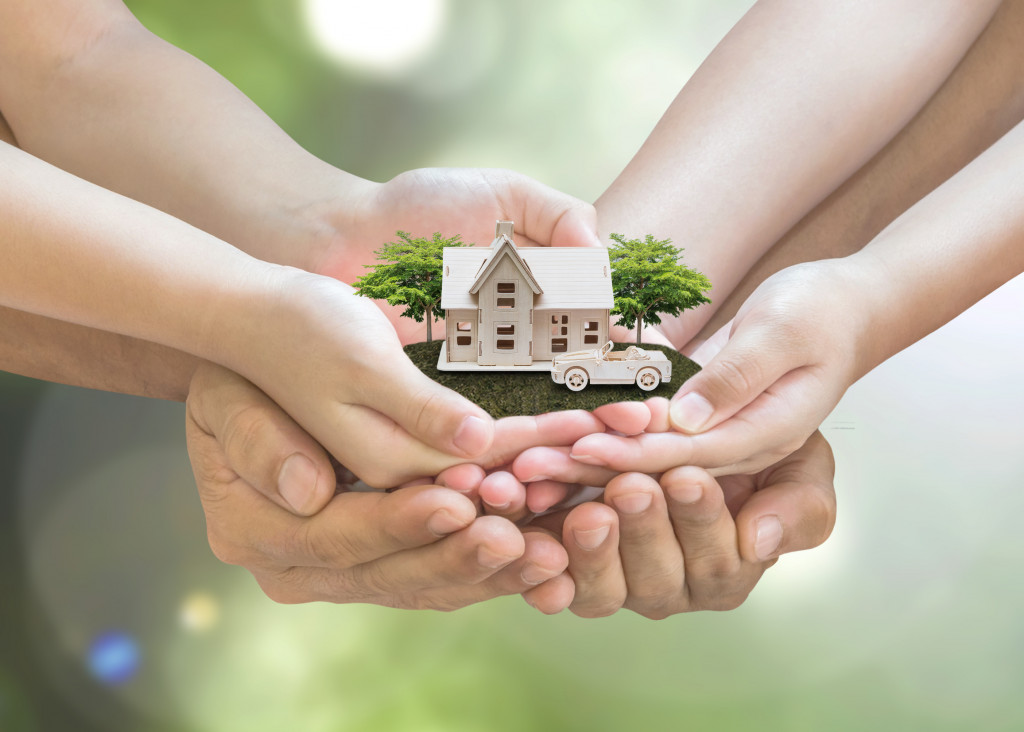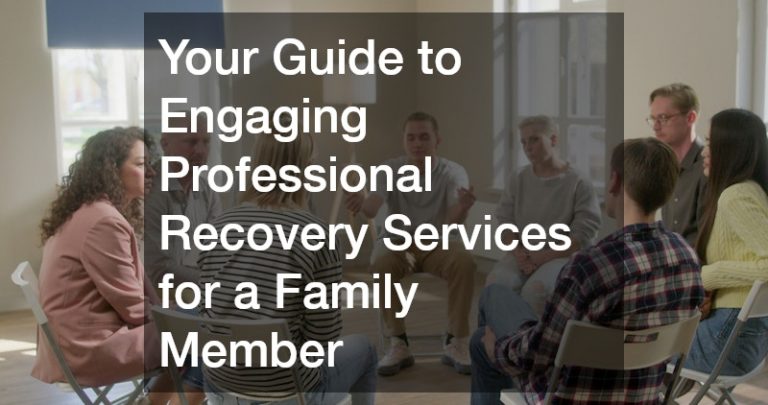- Invest in education and make it accessible to all classes, helping to bridge gaps between social groups and promote development.
- Address social issues such as racism and child abandonment with policies that provide equal opportunities and assistance.
- Fight poverty via financial aid and subsidies for businesses that reduce poverty rates.
- Promote environmental sustainability via green policies, tax breaks, and awareness campaigns.
- Encourage volunteerism as a way to break down social barriers and boost empathy.
In today’s world, it’s unfortunate to see how divided communities have become. This is primarily attributed to various factors such as social injustice, unemployment, poverty, and a lack of access to essential social amenities. However, if there’s one thing that can bring people together — irrespective of their backgrounds — it’s building stronger communities. Here’s how the government and nonprofits can come in.
Investing in Education
When it comes to community building, education is probably the most critical aspect. A well-educated society is always a strong one.
The government can fund education programs, including adult education, whereas nonprofits can work towards making education affordable and accessible to low-income communities. They can start with basic elementary education and eventually move on to higher education.
The idea is to create an environment where people of all backgrounds and classes can come together and share their knowledge, skills, and experiences. This will help bridge the gap between different social groups and promote community development. Investing in education also leads to job creation, decreases poverty levels, and promotes social harmony.

Addressing Social Issues
It’s no secret that social issues often come in the way of creating a cohesive community. Here too, nonprofits and the government can work towards promoting social justice and creating policies that reduce inequality. Here are some areas to prioritize:
Racism
Racism is a major problem in many communities, and it can have a negative impact on how people interact with each other. It’s necessary to address this issue by tackling its root causes, such as economic disparities and discrimination.
The government should work to provide equal opportunities for all citizens, regardless of their race or ethnicity. Nonprofits can also help by initiating programs and activities that promote inclusiveness and acceptance.
Child Abandonment
Child abandonment is a serious issue in many parts of the world, and it can have long-term adverse effects on communities. The government and nonprofits need to work together to ensure that every child has access to proper education, healthcare, nutrition, and a safe home environment.
Nonprofits can also provide financial assistance and other forms of support for reliable foster care agencies and orphanages that are working towards solving this issue. They are also an excellent resource for providing counseling and support to abandoned children.
Poverty
When people don’t have access to basic resources such as food, water, and shelter, it becomes difficult for them to participate fully in the community. This leads to social exclusion and increased levels of poverty. The government should work towards creating policies that provide financial assistance to people who need it, as well as subsidies and incentives for businesses that are helping to reduce the instances of poverty.

Promoting Environmental Sustainability
Environmental sustainability is a significant factor in community building since everyone shares the same environment. It’s essential to safeguard the air, water, and soil so that future generations can enjoy a healthy environment. Here’s how this can be done:
Create Sustainable Policies
The government needs to create policies that promote environmental sustainability by investing in renewable energy sources and driving innovation. Nonprofits can also play an essential role in propagating eco-friendly practices such as reducing waste, recycling, and conserving resources. Furthermore, they can also help in developing green infrastructure and implementing sustainable agricultural practices.
Launch Tax Breaks & Incentives
In order to encourage sustainable practices, the government should provide tax breaks and incentives for businesses that are taking steps toward reducing their carbon footprint. These can even be applied to homeowners that invest in green technology.
Promote Awareness Campaigns
Nonprofits can also take the lead in launching awareness campaigns to educate and encourage people to embrace eco-friendly practices. This can include public service announcements on television, billboards, and radio broadcasts.
Encouraging Volunteerism
Finally, both government and nonprofits can encourage volunteerism among members of the community. Volunteering is an excellent way to break down social barriers, boost empathy, and overall create a better society. The government can provide incentives to companies and organizations that support volunteerism, while nonprofits can provide opportunities for community members to volunteer.
Creating stronger communities is crucial, and everyone has a part to play. Whether it’s the government working on policies or nonprofits funding essential programs, everyone has a role to play. By working together, the government and nonprofits can build stronger communities and promote social harmony.











